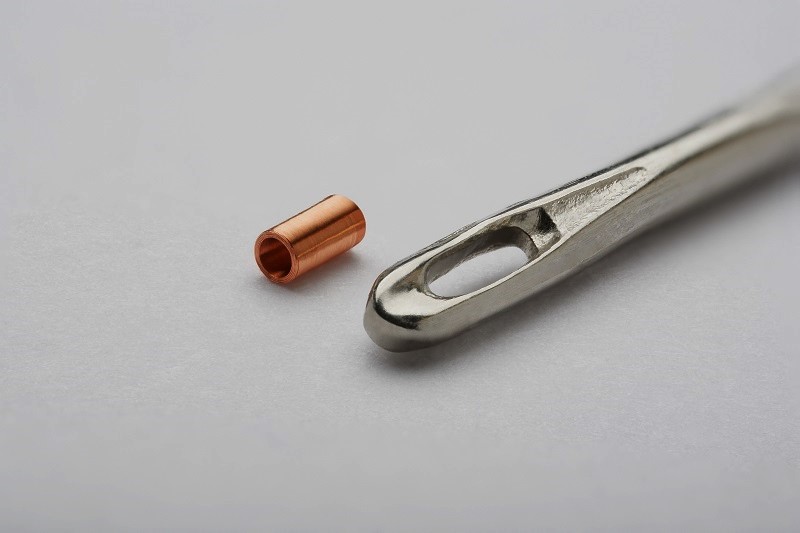Biomedical Micro Sensors
Many technological advancements would have been empty if not for the sensors that assist in some of the most crucial transmissions of signals. Just like a human body that has its sensors, machines need theirs too. Especially, if the machines use it in the medical field. The advent of sensors not only able medical practitioners to gather crucial results but also enhance their accuracy. In other words, biomedical microsensors are as important for a medical device as any other component. To understand why these sensors have the term micro in them, we first need to understand what exactly is a sensor?
Through this article, we explore the concept of a biomedical sensor. How its microscopic nature improves the performance of medical devices drastically, and more.
At the core, a sensor comes equipped with the ability to transmit an electrical, chemical, optical, or mechanical signal when a certain condition is met. The use of sensors in the medical field spread across varied departments. Diagnostics, ayurvedic, physiotherapy among other fields particularly apply sensors in their dedicated medical devices to help people.
Sensors can resemble as large as a baseball or smaller than a strand of hair. The medical field has grown to adapt to the latter type of sensors. These sensors, also called biomedical microsensors are minute.
The microscopic nature of these sensors helps medical experts examine variables including blood flow, muscle displacement, blood pressure, and bone growth velocity among others, in the human body. The sensors come equipped with modern-day technology developed by some of the leading companies in the world. They contain highly advanced microscopic coils micro soldered to a core. In other words, although they might resemble a general sensor, their shrunk nature makes them furthermore accurate. Thanks to the maximized efforts put in by the manufactures of these sensors, a new technique including micro soldering helps the preservation of energy and maximize accuracy in biomedical microsensors.
Why we can compare these sensors to a superhuman is because of all the magnificent abilities it contains. Only a few years back, to only think about sending signals on such a microscopic scale using these miniaturized sensors would have been impossible. Today, even though there are challenges, these sensors provide the utmost assistance in varied devices across the medical field. The demand for microsensors is rising. However, the difficulty of producing these sensors remains the same. Manufacturers adapt to the new norm of making the entire process automatic. The demand for high accuracy and zero dysfunction of sensors forces manufacturers to use only the best materials. Plus, not every device requires the same number of, for example, coils or core material. So, manufacturers need to produce microsensors in low quantities.
For micro sensors to flouring, streamlining of varied processes becomes critical. Efforts are made every day to make new inventions in the medical arena. Something like a biomedical microsensor is every bit efficient and growingly necessary for the smooth function of medical devices.

